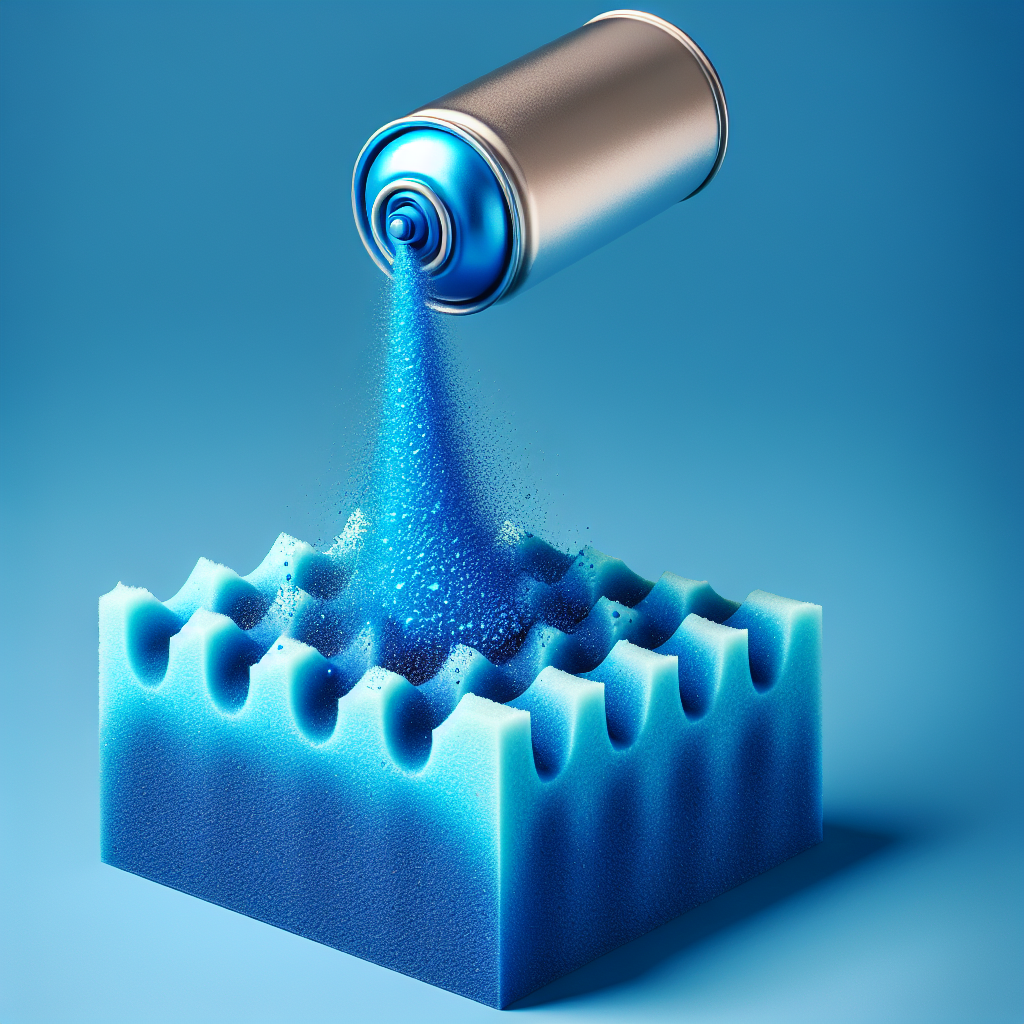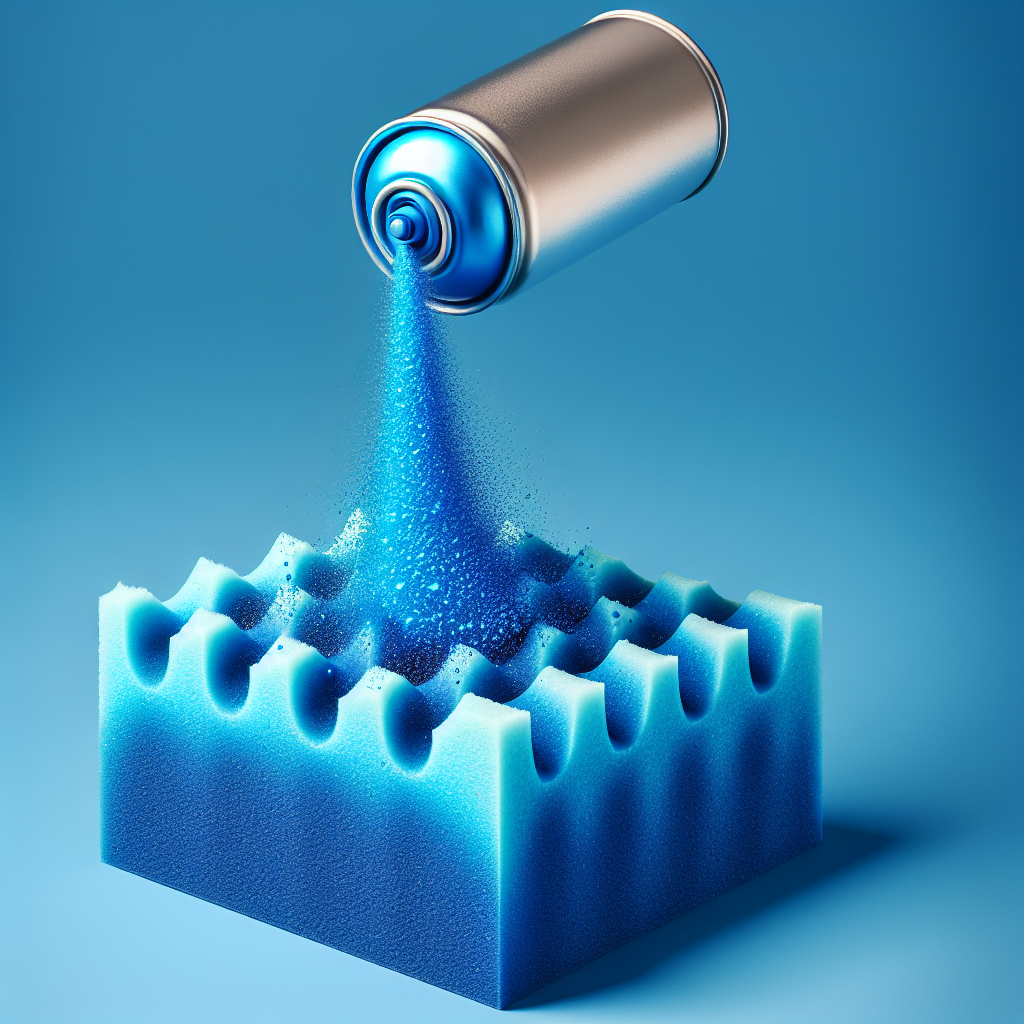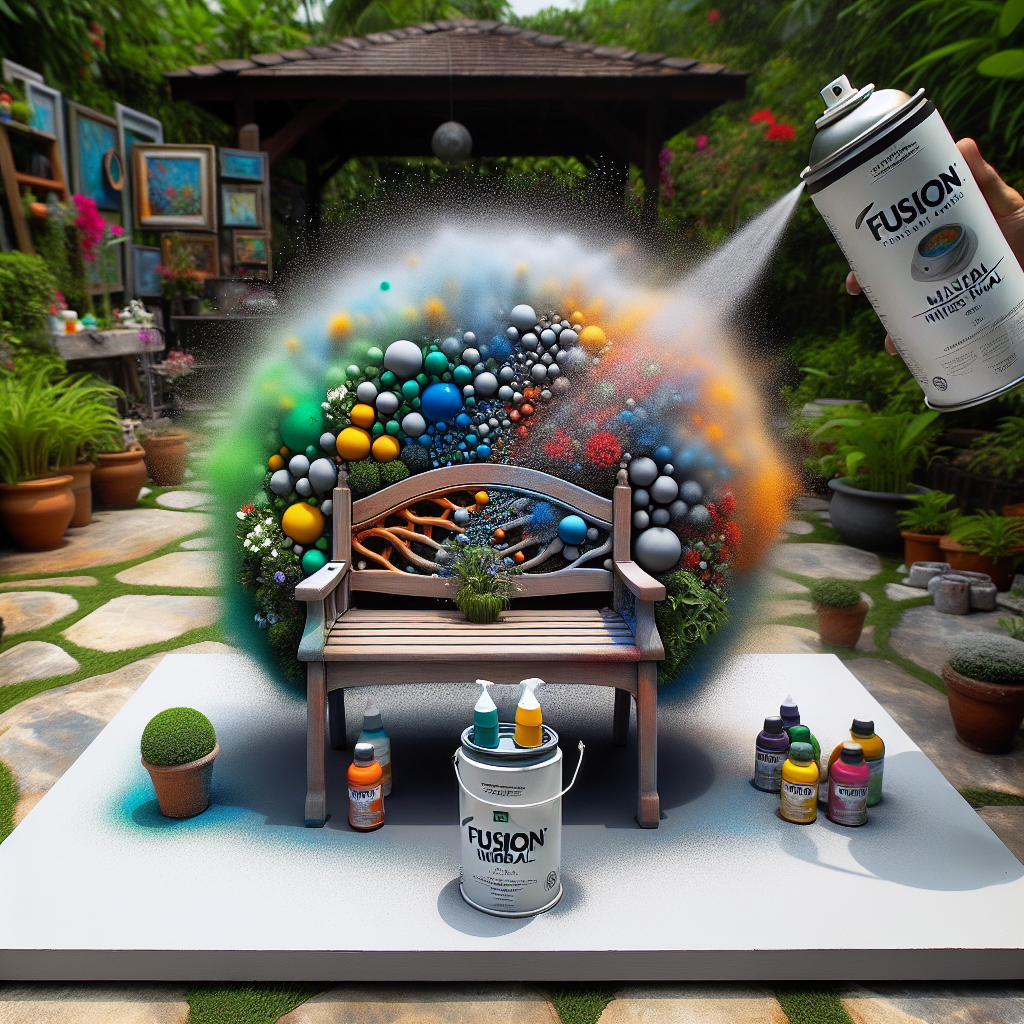Spray painting acoustic foam may seem like a convenient way to customize its appearance or blend it into your existing decor. However, before grabbing that can of spray paint, it’s important to understand the potential implications and considerations involved. This article aims to explore whether or not you can spray paint acoustic foam, highlighting the factors to consider, the risks involved, and alternative options to achieve your desired aesthetic outcome. So, before you reach for that spray can, let’s delve into the world of spray painting acoustic foam and explore the possibilities.

This image is property of images.unsplash.com.
Preparation
Before you embark on painting your acoustic foam, it’s important to gather all the necessary materials. You’ll need spray paint, a primer, mild detergent solution, a clear coat, and personal protective equipment (PPE) such as gloves and a mask. Additionally, it is crucial to choose a well-ventilated area for this project to ensure your safety.
Cleaning the Acoustic Foam
To achieve a smooth and even paint finish, it is essential to clean the acoustic foam before painting. Begin by removing any dust or debris from the foam’s surface. You can gently shake or vacuum the foam to eliminate loose particles. Then, prepare a mild detergent solution by mixing a small amount of detergent with water. Dampen a soft cloth or sponge with the solution and gently wipe down the foam, being cautious not to saturate it. This will help remove any dirt or stains, ensuring a clean surface for the painting process.
Priming the Acoustic Foam
Applying a primer to the acoustic foam is crucial as it helps the paint adhere better and provides a smooth base for the desired color. Before you start, make sure to choose an appropriate primer that is compatible with the foam material. Foam-friendly primers are available, which work well with acoustic foam and help minimize any damage or deterioration.
Once you have selected the primer, it’s time to apply it evenly. Using a paintbrush or a foam roller, apply a thin and even layer of primer to the foam’s surface. Take care not to over saturate the foam, as this can affect its sound-absorbing properties. Allow the primer to dry completely according to the manufacturer’s instructions before proceeding to the next step.
Spray Painting Techniques
Choosing the right spray paint is crucial for achieving desired results. Opt for a high-quality spray paint that is specifically designed for foam or flexible surfaces. This ensures that the paint adheres well and maintains flexibility, preventing cracking or peeling over time.
Before you begin spraying the entire foam panel, it is advisable to test the paint on a small, inconspicuous area. This will allow you to assess how the paint adheres and dries on the foam. Once you are satisfied with the test area, you can proceed with painting the entire foam surface.
When spraying the foam, start with light coats instead of heavy layers. Holding the can at a distance of about 6-8 inches, move your hand in a steady back-and-forth motion. This technique helps to achieve an even application without puddling or dripping. Allow each coat to dry completely before applying the next one. It is important to be patient and follow the recommended drying time to avoid any issues with the final finish.

This image is property of images.unsplash.com.
Overcoming Challenges
When working with acoustic foam, it is common to encounter certain challenges during the painting process. These challenges include texture variations, clogged holes, and the presence of hardware on the foam. However, with some careful techniques, you can overcome these obstacles and achieve a polished look for your acoustic foam.
Texture variations may occur due to the porous nature of the foam. To address this, you can lightly sand the foam surface before priming to create a more even texture. Additionally, choosing a high-quality primer can help reduce the appearance of texture variations.
Clogged holes in the foam can be an issue during the painting process. It is crucial to ensure that the holes are clear and open before you begin painting. Using a needle or pin, gently clear any clogged holes to ensure that the paint can penetrate and cover the entire surface evenly.
If your acoustic foam has hardware, such as mounting brackets, it is essential to either mask them off or remove them before painting. Masking tape can be used to cover hardware, ensuring that they remain unpainted and functional. Removing hardware altogether allows for a cleaner and more professional finish.
Enhancing Durability
To enhance the longevity and durability of your painted acoustic foam, applying a clear coat is highly recommended. A clear coat serves as an extra layer of protection, preventing the paint from chipping or fading over time. Choose a clear coat specifically designed for foam or flexible surfaces to maintain the foam’s flexibility and sound-absorbing properties.
When selecting a clear coat, you have the option of choosing a matte or glossy finish. A matte finish provides a sleek and sophisticated look, while a glossy finish adds a reflective shine. Consider the aesthetic you desire and choose the appropriate finish accordingly.
Once you have chosen the clear coat, apply it evenly over the painted foam using a paintbrush or a foam roller. Ensure that the clear coat is compatible with the paint and follow the manufacturer’s instructions for drying time and additional coats if needed. This step not only enhances durability but also gives a professional and finished look to your acoustic foam.

This image is property of images.unsplash.com.
Alternative Painting Methods
While spray painting is a popular choice for acoustic foam, there are alternative methods you can explore. Brushing or rolling paint onto the foam can be an option if you prefer a more controlled and precise application. This method allows you to work in smaller sections and ensures thorough coverage. Alternatively, you can also consider using fabric or vinyl coverings to achieve a unique look for your acoustic foam.
Finding the Right Paint
When choosing paint for your acoustic foam, there are several factors to consider. First, consider the type of paint you want to use. Acrylic spray paints are a popular choice due to their versatility and compatibility with various materials. However, water-based paints can also work well with acoustic foam.
It is important to check the compatibility of the paint with the foam material to ensure a successful and long-lasting finish. Some paints may react with certain foam materials, leading to discoloration or deterioration. Always read the paint label or consult with a professional to ensure compatibility.
Additionally, non-toxic paint options should be considered, especially if the acoustic foam is used in any enclosed spaces or areas with limited ventilation. Non-toxic paints eliminate the risk of harmful fumes and are safer for both the environment and your health.

Safety Considerations
While painting acoustic foam can be a fun and creative project, it is important to prioritize your safety and take necessary precautions. Before you begin, ensure that you wear personal protective equipment (PPE) such as gloves and a mask to protect yourself from paint fumes and any potential skin irritation.
Proper ventilation is crucial during the painting process. Choose a well-ventilated area, preferably outdoors or in a room with open windows and doors, to allow for fresh air circulation. Adequate ventilation prevents the buildup of paint fumes, promoting a healthier painting environment.
Lastly, avoid working near open flames or heat sources, as some aerosol paints are flammable. Ensure that the space you choose for painting is free from any potential fire hazards to prevent accidents.
Conclusion
Spray painting acoustic foam is a fantastic way to customize its appearance while also maintaining its soundproofing properties. By following the necessary preparation steps, cleaning the foam, priming it, and using proper spray painting techniques, you can achieve a professional and aesthetically pleasing finish. Don’t forget to overcome any challenges that may arise, enhance durability with a clear coat, and consider alternative painting methods. Be mindful of the right paint choice, prioritize safety, and enjoy the benefits of both aesthetics and soundproofing with your painted acoustic foam.




